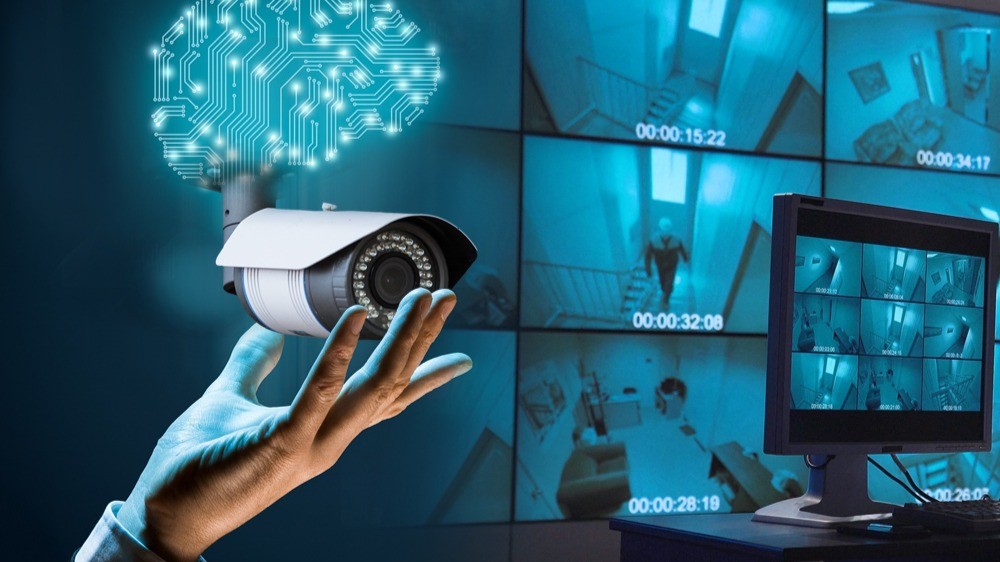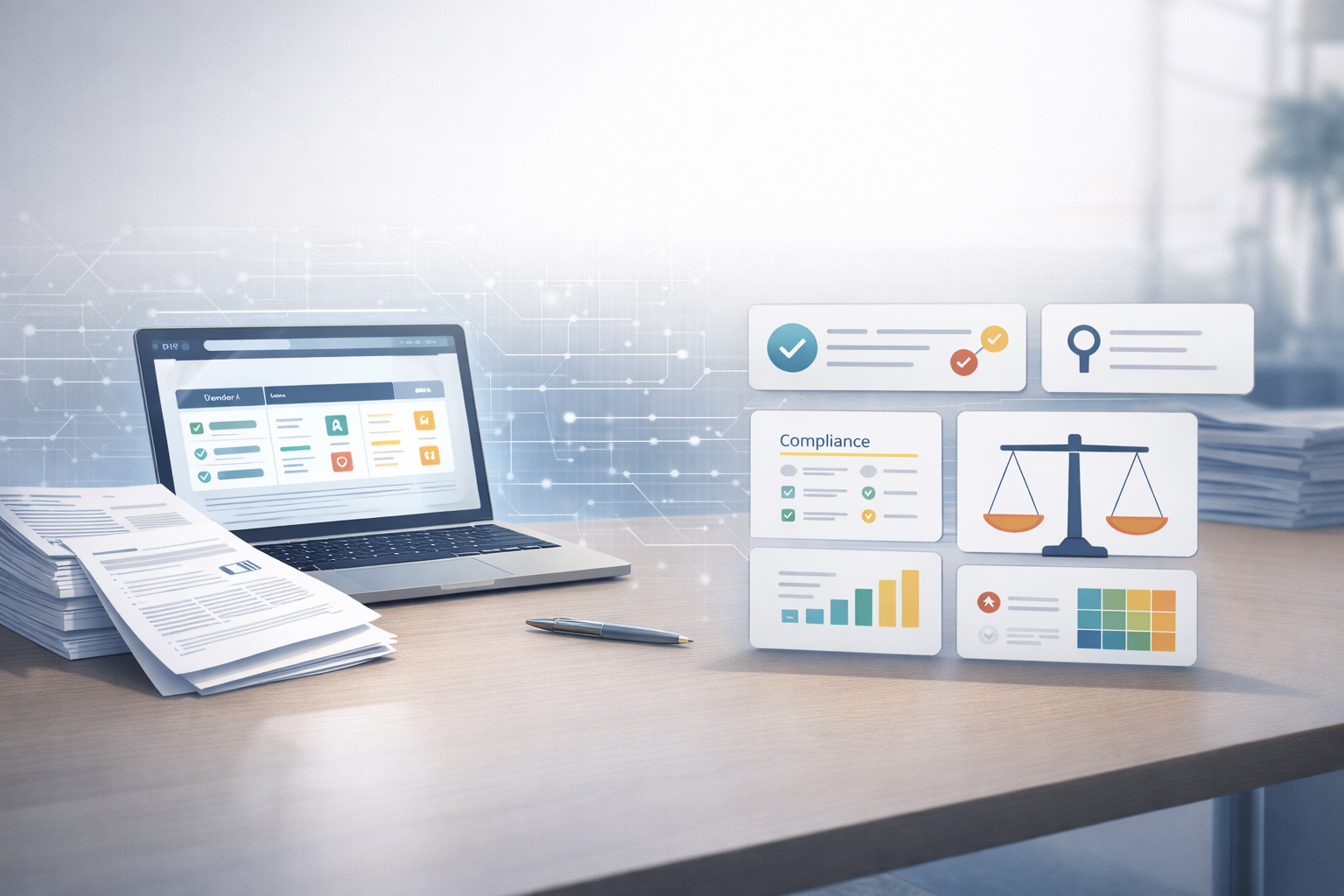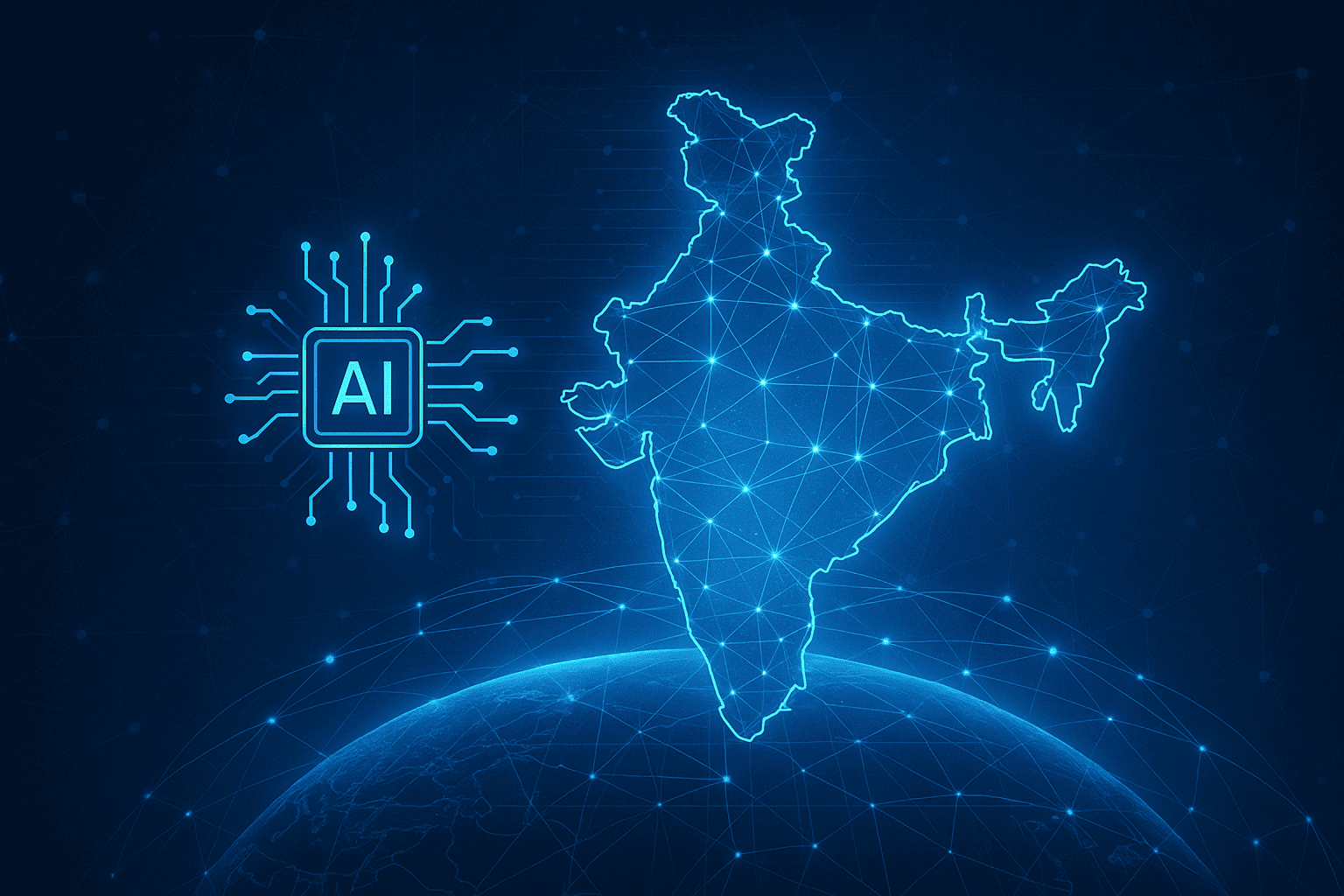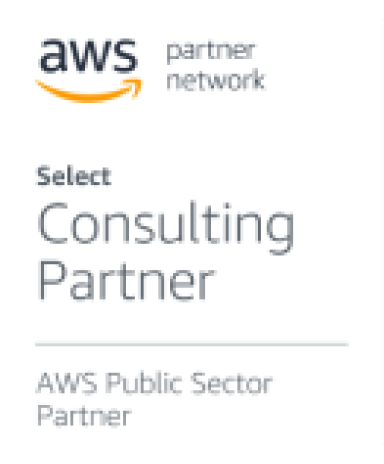As India’s cities continue to grow rapidly, they are facing challenges that are becoming increasingly complex for law enforcement agencies. The population is rising, more people are using vehicles, and the overall pace of urbanization is faster than many other countries in Asia. Cities like Delhi, Mumbai, and Bengaluru are at the heart of this transformation, and as a result, their police forces are under significant pressure.
Between 2018 and 2022, India saw over 500,000 fatalities on the roads, with nearly 92% of these deaths occurring in urban areas. This is a stark reminder of the growing danger on the streets. In these major cities, traffic violations and congestion are becoming severe issues, and they contribute directly to the rising number of fatalities. They also fuel higher crime rates and create a situation where it becomes more and more difficult for law enforcement to maintain public order. The environment in cities is overcrowded and fast-moving, making it even harder for police officers to keep up.
The problem is compounded by India’s urban infrastructure. Narrow roads, chaotic traffic flow, and a lack of sufficient public transportation create even more hurdles for policing efforts. Law enforcement officers are finding it increasingly difficult to navigate these challenges, which further slows down their ability to maintain order.
On top of these issues, India’s police-to-population ratio stands at 1:800, which is far below the global standard of 1:450. This means that each police officer is responsible for managing hundreds, or even thousands, of people during their shift. As a result, response times slow down, officers are overwhelmed with workloads, and many are experiencing burnout. In high-pressure situations, police officers are expected to perform a variety of roles—managing traffic, preventing crime, and investigating offenses. With traditional methods of policing that rely heavily on manpower, these strategies are no longer sufficient to meet the increasing demands of modern urban life.
To better understand how traffic violations are connected to these challenges, it’s important to look at how these factors work together. The following breakdown will help clarify how traffic issues, urban infrastructure, and law enforcement struggles are all linked.

Vision Analytics: Transforming Urban Policing
As part of India’s Smart City Mission, innovative technologies like Vision Analytics are offering a new way forward for law enforcement. Vision Analytics makes use of advanced AI technologies, including machine learning, computer vision, and real-time data analysis, to revolutionize policing operations. By automating essential processes, this technology not only enhances operational efficiency but also improves overall safety in urban areas.
Here’s how Vision Analytics can make a meaningful impact on different aspects of urban safety:

Building the Infrastructure for Vision Analytics
For Vision Analytics to reach its full potential, it’s essential that India strengthens its technological infrastructure. To make this happen, several key steps need to be taken:
- High-Resolution Surveillance Systems: Installing cameras capable of capturing high-quality footage is crucial for effectively monitoring urban areas. This ensures that every corner of the city is covered.
- Data Storage and Processing: Systems must be designed to process large volumes of data in real-time, enabling rapid decision-making and swift responses from law enforcement.
- Training for Police Personnel: It’s important to equip law enforcement officers with the necessary skills to operate AI-driven tools and interpret the vast amounts of data that these systems generate.
- Reliable Data Networks: Strong and consistent data networks need to be established for seamless communication between surveillance systems and central control rooms, ensuring that data is transmitted without delay.
To better understand how Vision Analytics works, imagine it as an interconnected network. Each component, such as real-time monitoring, AI-powered surveillance, and automated law enforcement, works together to enhance urban safety. Whether it’s optimizing traffic flow, detecting wrong-way drivers, or tracking suspicious vehicles, the system continuously processes data, sends alerts to officers, and enables quicker responses. These components complement one another, making Vision Analytics a powerful tool in preventing crimes and accidents.
Below is an image that illustrates how these components are interrelated, ultimately helping to create a safer environment for everyone.

Key Benefits of Vision Analytics
- Responsiveness: Vision Analytics enables real-time monitoring and instant alerts, allowing law enforcement to respond quickly to incidents. This helps prevent crimes and accidents before they escalate.
- Auditability: The system offers a transparent and auditable record of all activities, making it easier to track, review, and ensure accountability in law enforcement operations. This improves oversight and supports compliance.
- Data-Driven Analytics: By continuously collecting and analyzing data, Vision Analytics provides actionable insights. These data-driven analytics enable law enforcement to make informed decisions, improving crime prevention, traffic management, and urban safety strategies.
- Enhanced Public Safety: Vision Analytics helps detect suspicious activity and hazardous conditions in real time. This reduces response times and allows for proactive intervention in high-risk situations, ultimately improving public safety.
Challenges in Implementing Vision Analytics in India
While Vision Analytics presents significant potential, several challenges exist. However, these challenges can be addressed with careful planning and execution:
- Infrastructure Limitations: Many cities lack the necessary surveillance cameras and internet infrastructure. Phased investments can bridge these gaps, allowing cities to adopt AI-powered systems effectively.
- Financial Constraints: The initial cost of AI systems may be high, but a cost-benefit analysis shows that long-term savings through improved efficiency and reduced crime outweigh the investment.
- Training Gaps: Many officers may lack the technical expertise to operate AI-driven tools. However, proper training programs can address this skill gap, enabling officers to fully leverage the power of Vision Analytics.
- Privacy Concerns: Surveillance technologies, especially facial recognition, raise privacy issues. Implementing transparent policies and strict data protection regulations will help build public trust and ensure the responsible use of data.
- System Integration: Integrating AI with existing law enforcement systems can be complex. Focusing on interoperability will ensure seamless integration and maximize the benefits of AI technologies.
Despite these challenges, Vision Analytics has already proven successful in cities globally. For example, in China’s Smart City Initiative, AI systems integrated with surveillance cameras monitor traffic and detect crimes in real time. This proactive approach has reduced road accidents and improved public safety.
In India, just imagine a crowded market in Noida. A man snatches a woman’s mobile phone and tries to flee. Thanks to Vision Analytics, the AI detects the suspicious movement and immediately alerts nearby officers. Within moments, the police respond and intercept the thief before he can escape. The woman’s phone is returned, and the thief is arrested—all thanks to the real-time power of AI-driven technology.
Valiance Solutions has established itself as a prominent name in computer vision, pioneering advancements that address modern challenges. Its innovative and adaptable solution, CivicEye, is revolutionizing urban management. Designed with exceptional configurability and scalability, CivicEye allows tailored algorithms to be deployed for specific tasks. For example, one camera can be programmed to detect wrong-way driving, while another focuses on tracking vehicles linked to criminal activities.
Although CivicEye has already enhanced traffic management and public safety, Valiance Solutions remains dedicated to expanding its capabilities. By continuously evolving its AI-driven technology, the company ensures that CivicEye keeps pace with the ever-changing demands of urban environments, fostering smarter, safer, and more efficient cities.









